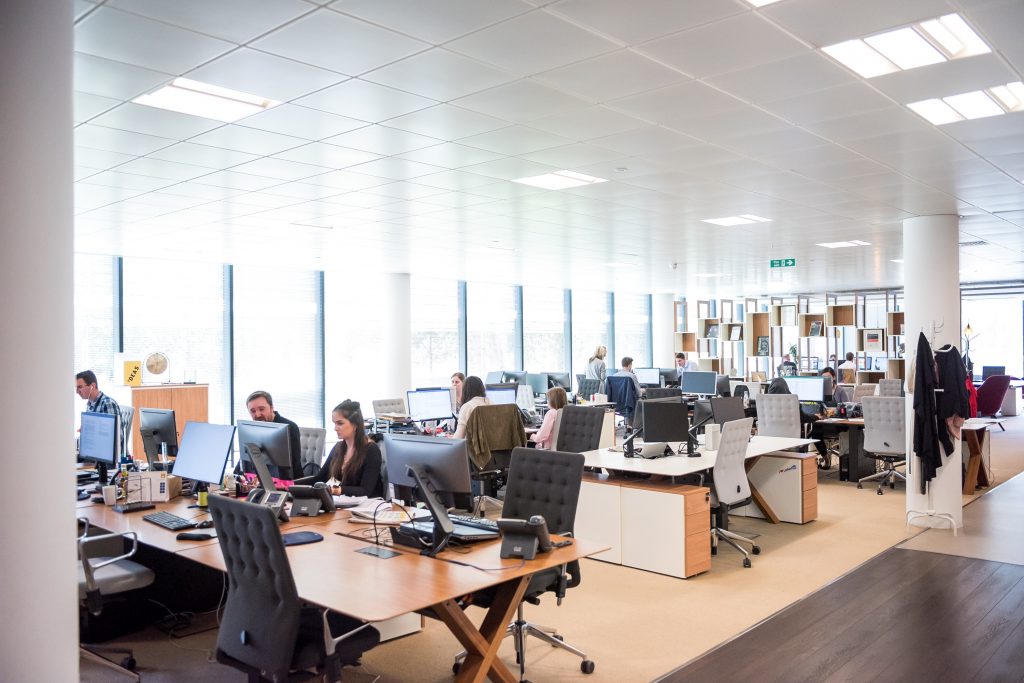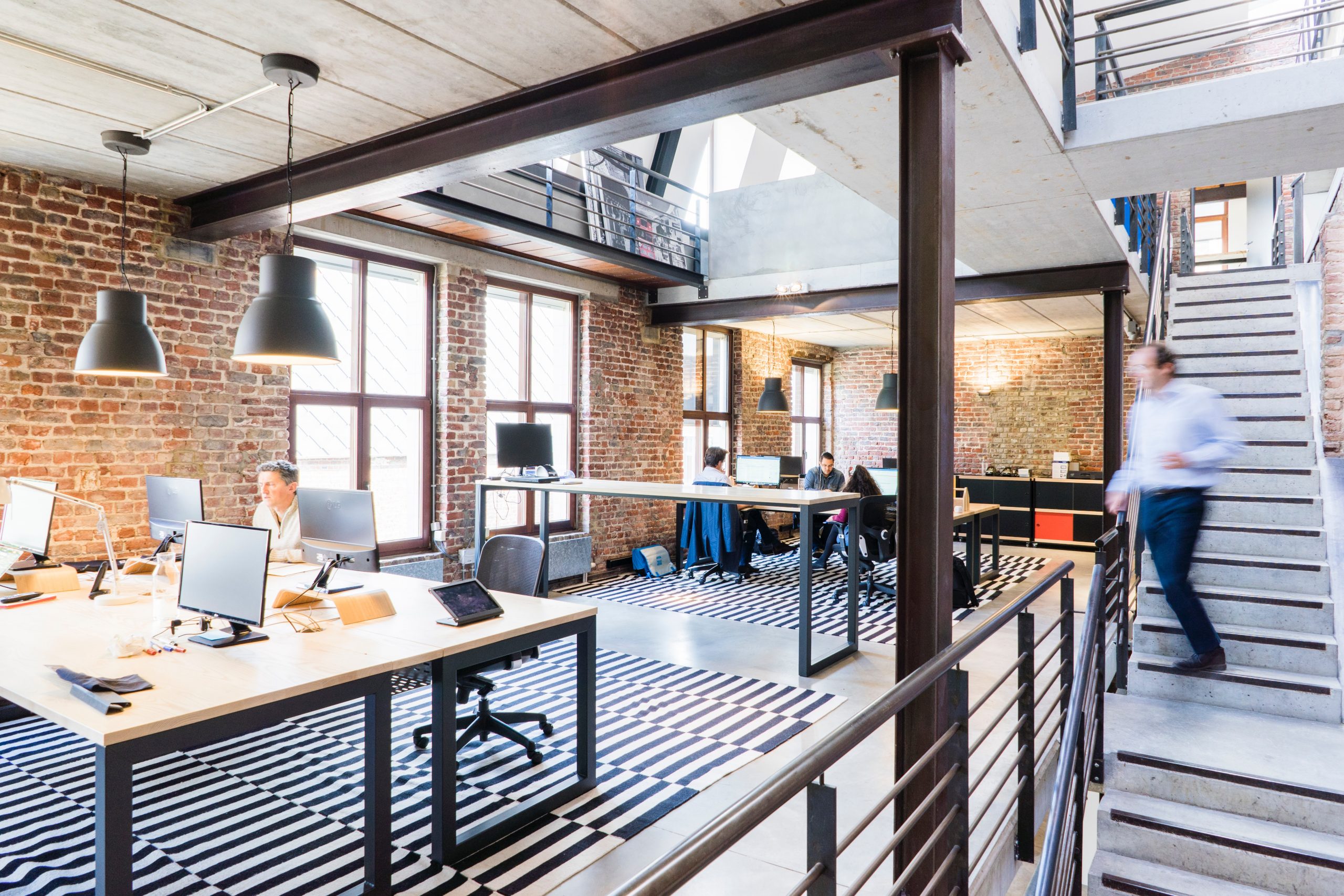Workplace productivity is a measure of how much work is accomplished in a set amount of time in a specific work environment, usually measured by output per hour worked and output per worker. When we view workplace productivity as a whole, some surprising changes have been discovered within the past year.
Working from home has been a long-standing method of work, but it has been taken to new heights amidst the pandemic, making remote work the primary form of work being seen throughout the majority of 2020, and half of 2021 as well. While working from home provides many opportunities for distraction, productivity rates have actually increased significantly since the switch away from office spaces happened.
Working from home has actually been proven to increase productivity by 13%, a statistic found by a Stanford study on 16,000 workers over a period of 9 months. This increase can be attributed to an increase in calls since employees were working more minutes per shift because of fewer breaks.
Remote work is projected to continue, as shown in a Gartner CFO survey that revealed nearly three in four CFOs planned to shift at least 5% of previously on-site employees to permanently remote positions post-COVID 19. However, many offices are also returning to their usual agenda with vaccines being rolled out. This poses the question: how do businesses retain the productivity gained by being at home?

The answer lies in flexibility. Giving workers the opportunity to choose what environment they would work best in and allowing them to have free time they can use however they want creates a similar environment to working at home.
Flexible work arrangements include other aspects like compressed workweeks, encouraged breaks, and limited meetings, all of which improve workplace productivity.

